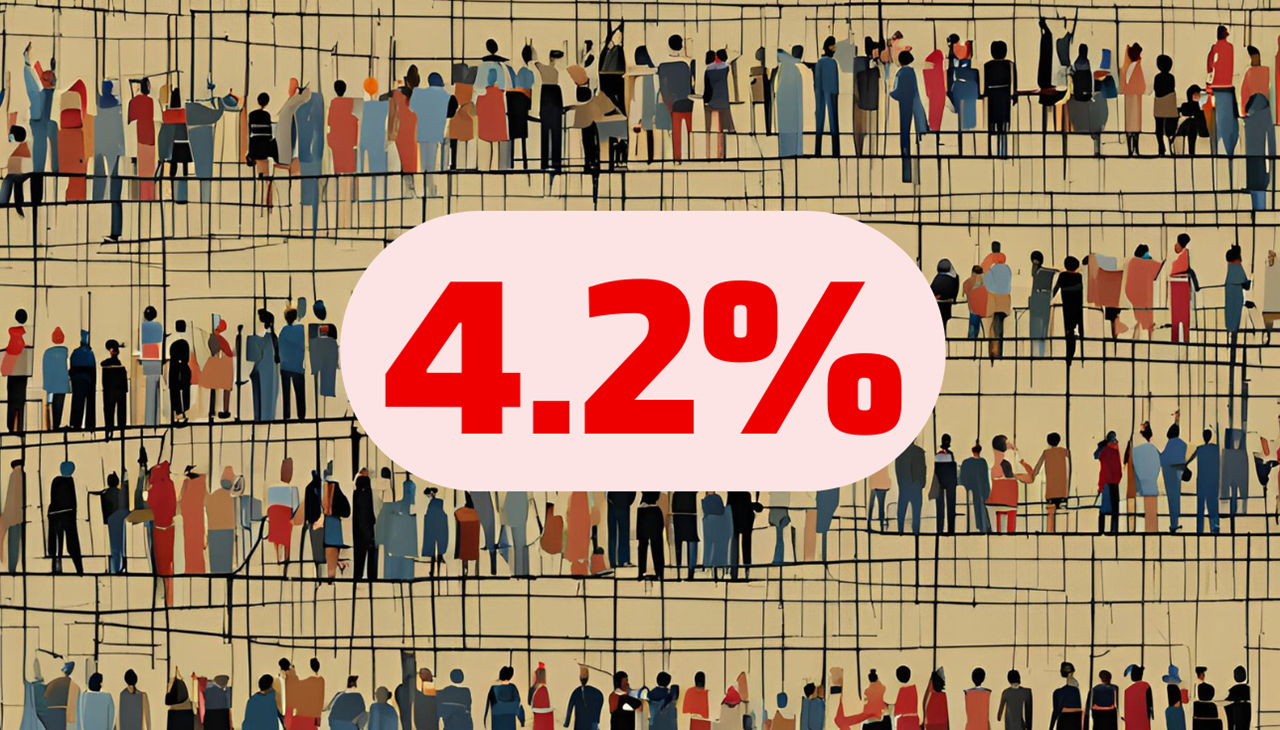
How hard is it to find a new job?
Although the U.S. economy is generating new jobs, all indications are that more are needed. It's worrisome, even.
The United States continues to create new jobs. However, this great news could involve some troubling issues. That's one of the findings of labor market data released by the Bureau of Labor Statistics.
The figures reveal that in August “total nonfarm payroll employment increased by 142,000 in August, and the unemployment rate was little changed at 4.2%.”
What are the problems? Two. First, job creation is not across the board, with the most significant increases in the labor force occurring only in construction and health care.
Second, the Bureau has revised downward the data from previous months and this means that the situation is worse than reported.
Let's take it one step at a time.
RELATED CONTENT
If we compare the data not with those of the previous month, but with those of the same month last year, the picture is worrying.
In August, “both the unemployment rate, 4.2%, and the number of unemployed, 7.1 million, changed little (...). These figures are higher than those of a year earlier when the unemployment rate was 3.8% and the number of unemployed was 6.3 million”. Something happened in the last 12 months that deteriorated the labor market: it is now more difficult to find a new job because the economy is not absorbing the supply available on the market.
The data confirm the concerns: first, the civilian non-institutional population increased by 1,643,000 compared to August 2024-2023, which means that there are more people in working-age. On the other hand, the civilian labor force (the total population that is employed or unemployed) is up by 709,000 and the employed are up by 66,000. In the end, 775,000 people fell into unemployment in the last twelve months.
As with all statistics, we are talking about the average. So let's take a look at some of the most important sectors to understand what the concrete situation is in each case. Here is what the Bureau reports:
- Construction employment rose by 34,000 in August, higher than the average monthly gain of 19,000 over the prior 12 months. Over the month, heavy and civil engineering construction added 14,000 jobs, and employment in nonresidential specialty trade contractors continued to trend up (+14,000).
- Health care added 31,000 jobs in August, about half the average monthly gain of 60,000 over the prior 12 months. In August, employment rose in ambulatory health care services (+24,000) and hospitals (+10,000).
- In August, employment in social assistance continued its upward trend (+13,000) but at a slower pace than the average monthly gain over the prior 12 months (+21,000). Individual and family services added 18,000 jobs over the month.
- Employment in manufacturing edged down in August (-24,000), reflecting a decline of 25,000 in durable goods industries. Manufacturing employment has shown little net change over the year.
- Employment showed little change over the month in other major industries, including mining, quarrying, and oil and gas extraction; wholesale trade; retail trade; transportation and warehousing; information; financial activities; professional and business services; leisure and hospitality; other services; and government.
The labor market is under pressure. Policymakers need to keep an eye on it because this data will be a central element of analysis for key decisions such as interest rate cuts and the overall future of the economy.











LEAVE A COMMENT: